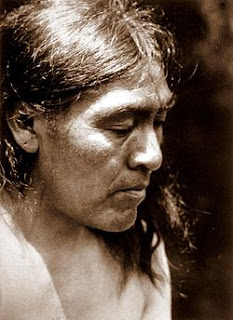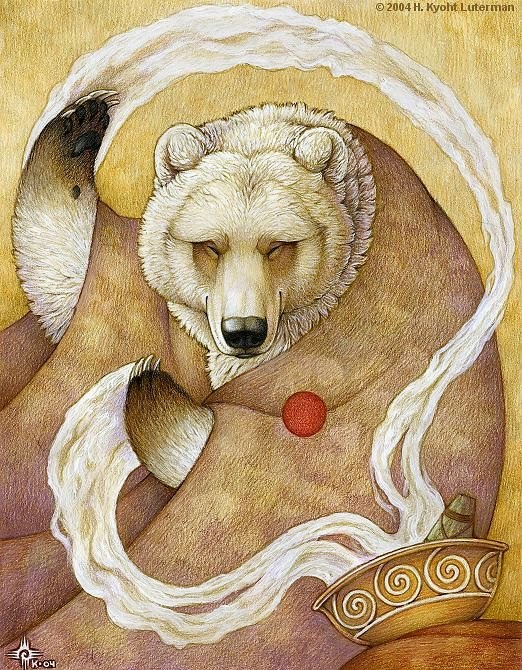It took me decades to work through the pain of the public's mass apathy. The temporary "white guilt" people felt about what happen to my race, gave me a sense of power. It was all false. White guilt is not my power, it was my spirit's sickness tricking me.
I am not to feel pleasure about another one's pain or guilt.
Thus began my journey to find my voice. A soft, truthful voice to bridge the gap between the unknowing and the knowing, and sometimes I am the unknowing. I am a student and a teacher.
I believed and still do, the key to protecting the remnants of our culture is to educate non-Indigenous people the truth of our experience. It is the very reason I encourage dialogue on my page. The minute we unite, the stronger we are as a collective voice.
Ishi
Last of the Yahi tribe
Born: 1860?
In August 1911, a silent “wild man” was found walking down from the northeastern California hills. He was brought to the local sheriff, and a member of the nearby Yana Indians determined that he belonged to the Yahi tribe, a branch of the Yanas. He was called “Ishi,” which means “man” in Yahi. His real name was never known—it was a Yahi tradition that a person's name not be revealed casually.

 Three years earlier, a power company survey party had come upon an encampment with four people. Three of them fled, one of whom was Ishi, and the surveyors raided the settlement, stealing food and supplies, and then left an old woman who had been unable to flee. Evidence pointed that Ishi was the last surviving member of the Yahi, a tribe that may have had as many as 20,000 people in the previous century.
Three years earlier, a power company survey party had come upon an encampment with four people. Three of them fled, one of whom was Ishi, and the surveyors raided the settlement, stealing food and supplies, and then left an old woman who had been unable to flee. Evidence pointed that Ishi was the last surviving member of the Yahi, a tribe that may have had as many as 20,000 people in the previous century.
 Ishi was taken in by Alfred Kroeber and Thomas Waterman, two anthropologists at the University of California, who learned to communicate with him and eagerly extracted the details of Yahi life, language, and culture from him. Ishi lived at the university's San Francisco anthropology museum and gave demonstrations of his tribal crafts. Ishi's entrance into the “civilized” world was also the cause of his death, as he contracted tuberculosis and died in 1916.
Ishi was taken in by Alfred Kroeber and Thomas Waterman, two anthropologists at the University of California, who learned to communicate with him and eagerly extracted the details of Yahi life, language, and culture from him. Ishi lived at the university's San Francisco anthropology museum and gave demonstrations of his tribal crafts. Ishi's entrance into the “civilized” world was also the cause of his death, as he contracted tuberculosis and died in 1916.Tweets from https://twitter.com/UnifiKshuNaShun/lists/tweets-for-blogs






